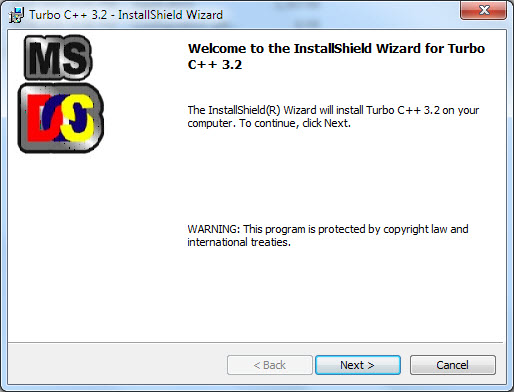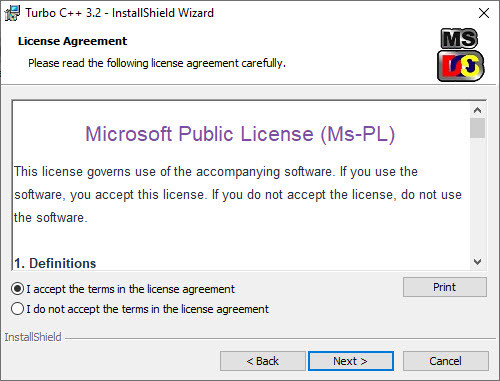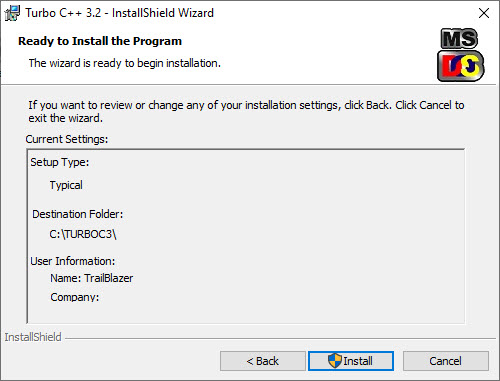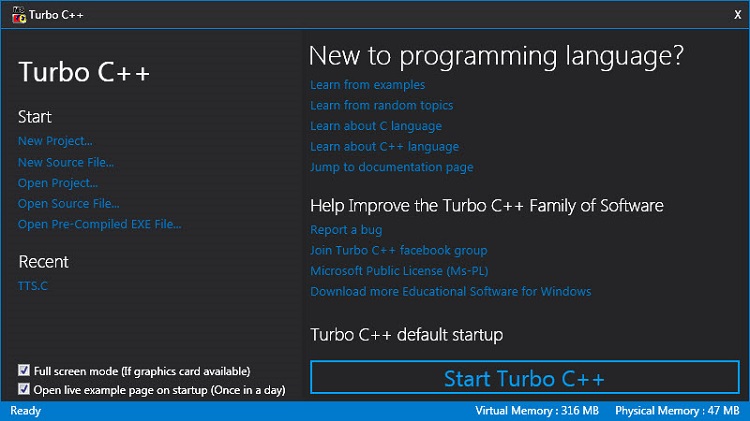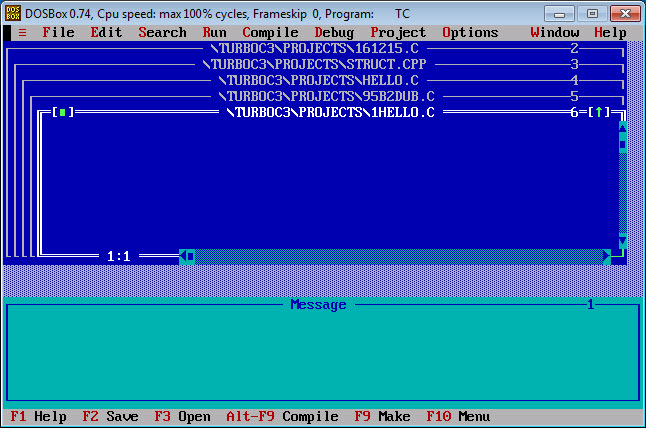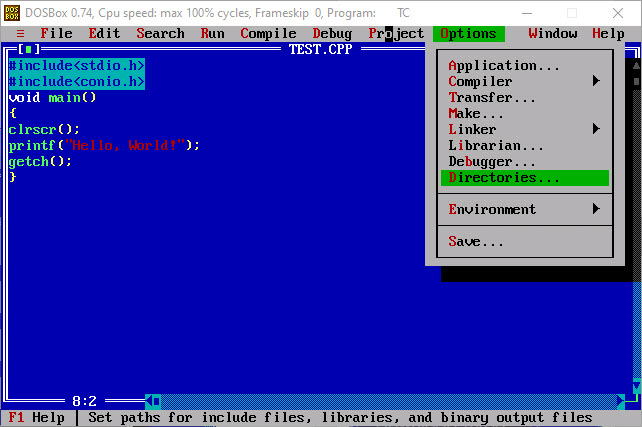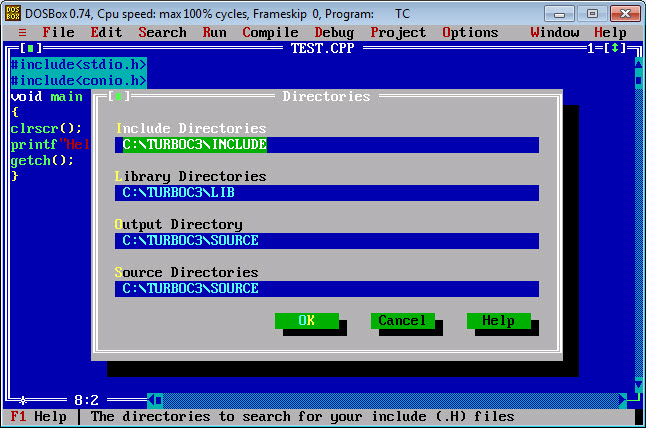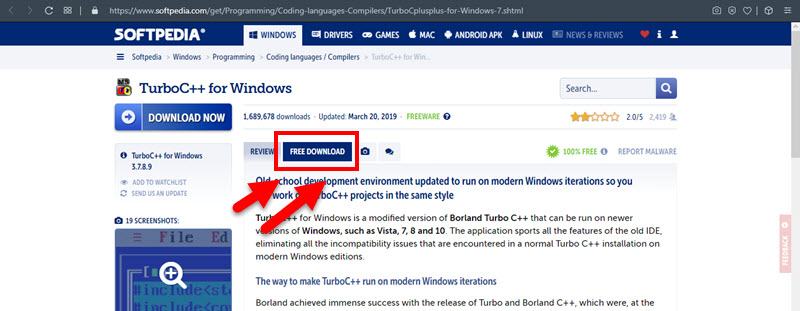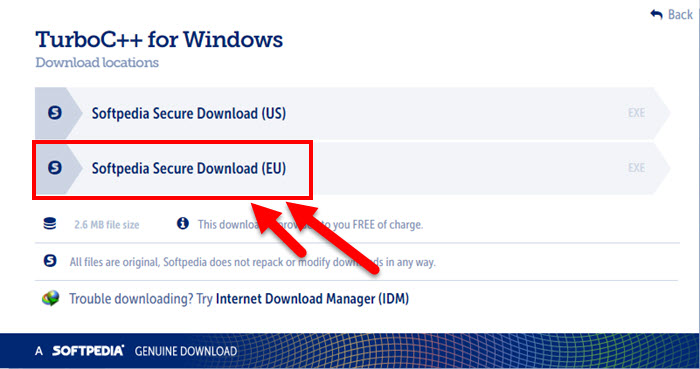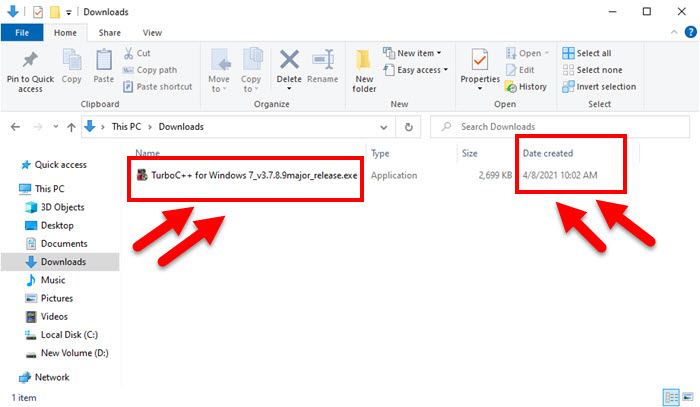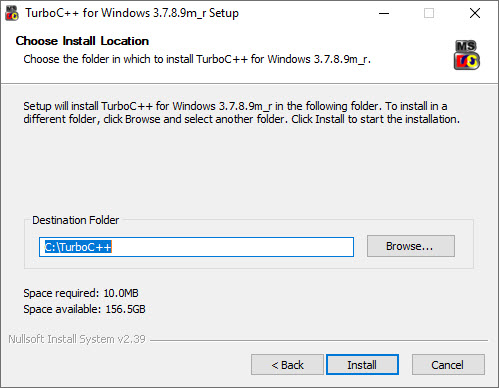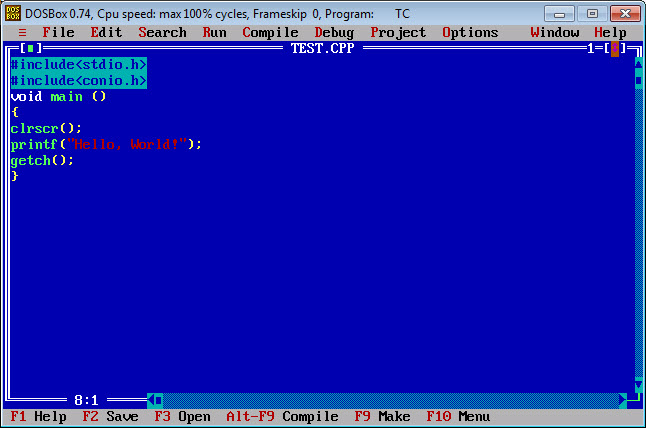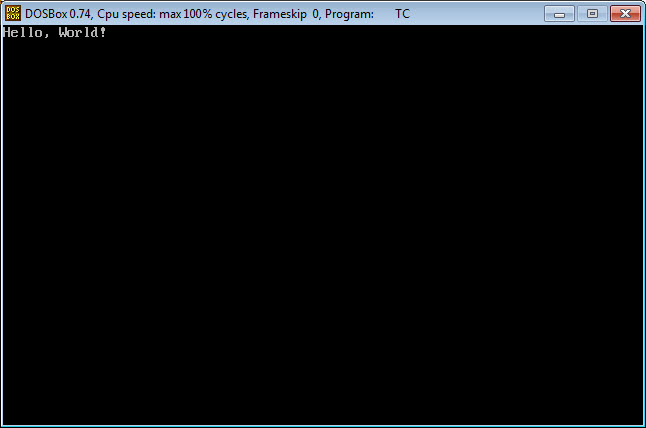What are Keys in DBMS?
KEYS in DBMS is an attribute or set of attributes which helps you to identify a row(tuple) in a relation(table). They allow you to find the relation between two tables. Keys help you uniquely identify a row in a table by a combination of one or more columns in that table. Key is also helpful for finding unique record or row from the table. Database key is also helpful for finding unique record or row from the table.
Example:
| Employee ID | FirstName | LastName |
|---|---|---|
| 11 | Andrew | Johnson |
| 22 | Tom | Wood |
| 33 | Alex | Hale |
In the above-given example, employee ID is a primary key because it uniquely identifies an employee record. In this table, no other employee can have the same employee ID.
In this tutorial, you will learn:
Why we need a Key?
Here are some reasons for using sql key in the DBMS system.
- Keys help you to identify any row of data in a table. In a real-world application, a table could contain thousands of records. Moreover, the records could be duplicated. Keys in RDBMS ensure that you can uniquely identify a table record despite these challenges.
- Allows you to establish a relationship between and identify the relation between tables
- Help you to enforce identity and integrity in the relationship.
Types of Keys in DBMS (Database Management System)
There are mainly Eight different types of Keys in DBMS and each key has it’s different functionality:
- Super Key
- Primary Key
- Candidate Key
- Alternate Key
- Foreign Key
- Compound Key
- Composite Key
- Surrogate Key
Let’s look at each of the keys in DBMS with example:
- Super Key – A super key is a group of single or multiple keys which identifies rows in a table.
- Primary Key – is a column or group of columns in a table that uniquely identify every row in that table.
- Candidate Key – is a set of attributes that uniquely identify tuples in a table. Candidate Key is a super key with no repeated attributes.
- Alternate Key – is a column or group of columns in a table that uniquely identify every row in that table.
- Foreign Key – is a column that creates a relationship between two tables. The purpose of Foreign keys is to maintain data integrity and allow navigation between two different instances of an entity.
- Compound Key – has two or more attributes that allow you to uniquely recognize a specific record. It is possible that each column may not be unique by itself within the database.
- Composite Key – is a combination of two or more columns that uniquely identify rows in a table. The combination of columns guarantees uniqueness, though individual uniqueness is not guaranteed.
- Surrogate Key – An artificial key which aims to uniquely identify each record is called a surrogate key. These kind of key are unique because they are created when you don’t have any natural primary key.
What is the Super key?
A superkey is a group of single or multiple keys which identifies rows in a table. A Super key may have additional attributes that are not needed for unique identification.
Example:
EmpSSN EmpNum Empname 9812345098 AB05 Shown 9876512345 AB06 Roslyn 199937890 AB07 James In the above-given example, EmpSSN and EmpNum name are superkeys.
What is a Primary Key?
PRIMARY KEY in DBMS is a column or group of columns in a table that uniquely identify every row in that table. The Primary Key can’t be a duplicate meaning the same value can’t appear more than once in the table. A table cannot have more than one primary key.
Rules for defining Primary key:
- Two rows can’t have the same primary key value
- It must for every row to have a primary key value.
- The primary key field cannot be null.
- The value in a primary key column can never be modified or updated if any foreign key refers to that primary key.
Example:
In the following example, <code>StudID</code> is a Primary Key.
StudID Roll No First Name LastName Email 1 11 Tom Price abc@gmail.com 2 12 Nick Wright xyz@gmail.com 3 13 Dana Natan mno@yahoo.com What is the Alternate key?
ALTERNATE KEYS is a column or group of columns in a table that uniquely identify every row in that table. A table can have multiple choices for a primary key but only one can be set as the primary key. All the keys which are not primary key are called an Alternate Key.
Example:
In this table, StudID, Roll No, Email are qualified to become a primary key. But since StudID is the primary key, Roll No, Email becomes the alternative key.
StudID Roll No First Name LastName Email 1 11 Tom Price abc@gmail.com 2 12 Nick Wright xyz@gmail.com 3 13 Dana Natan mno@yahoo.com What is a Candidate Key?
CANDIDATE KEY in SQL is a set of attributes that uniquely identify tuples in a table. Candidate Key is a super key with no repeated attributes. The Primary key should be selected from the candidate keys. Every table must have at least a single candidate key. A table can have multiple candidate keys but only a single primary key.
Properties of Candidate key:
- It must contain unique values
- Candidate key in SQL may have multiple attributes
- Must not contain null values
- It should contain minimum fields to ensure uniqueness
- Uniquely identify each record in a table
Candidate key Example: In the given table Stud ID, Roll No, and email are candidate keys which help us to uniquely identify the student record in the table.
StudID Roll No First Name LastName Email 1 11 Tom Price abc@gmail.com 2 12 Nick Wright xyz@gmail.com 3 13 Dana Natan mno@yahoo.com 
Candidate Key in DBMS
What is the Foreign key?
FOREIGN KEY is a column that creates a relationship between two tables. The purpose of Foreign keys is to maintain data integrity and allow navigation between two different instances of an entity. It acts as a cross-reference between two tables as it references the primary key of another table.
Example:
DeptCode DeptName 001 Science 002 English 005 Computer Teacher ID Fname Lname B002 David Warner B017 Sara Joseph B009 Mike Brunton In this key in dbms example, we have two table, teach and department in a school. However, there is no way to see which search work in which department.
In this table, adding the foreign key in Deptcode to the Teacher name, we can create a relationship between the two tables.
Teacher ID DeptCode Fname Lname B002 002 David Warner B017 002 Sara Joseph B009 001 Mike Brunton This concept is also known as Referential Integrity.
What is the Compound key?
COMPOUND KEY has two or more attributes that allow you to uniquely recognize a specific record. It is possible that each column may not be unique by itself within the database. However, when combined with the other column or columns the combination of composite keys become unique. The purpose of the compound key in database is to uniquely identify each record in the table.
Example:
OrderNo PorductID Product Name Quantity B005 JAP102459 Mouse 5 B005 DKT321573 USB 10 B005 OMG446789 LCD Monitor 20 B004 DKT321573 USB 15 B002 OMG446789 Laser Printer 3 In this example, OrderNo and ProductID can’t be a primary key as it does not uniquely identify a record. However, a compound key of Order ID and Product ID could be used as it uniquely identified each record.
What is the Composite key?
COMPOSITE KEY is a combination of two or more columns that uniquely identify rows in a table. The combination of columns guarantees uniqueness, though individually uniqueness is not guaranteed. Hence, they are combined to uniquely identify records in a table.
The difference between compound and the composite key is that any part of the compound key can be a foreign key, but the composite key may or maybe not a part of the foreign key.
What is a Surrogate key?
SURROGATE KEYS is An artificial key which aims to uniquely identify each record is called a surrogate key. This kind of partial key in dbms is unique because it is created when you don’t have any natural primary key. They do not lend any meaning to the data in the table. Surrogate key in DBMS is usually an integer. A surrogate key is a value generated right before the record is inserted into a table.
Fname Lastname Start Time End Time Anne Smith 09:00 18:00 Jack Francis 08:00 17:00 Anna McLean 11:00 20:00 Shown Willam 14:00 23:00 Above, given example, shown shift timings of the different employee. In this example, a surrogate key is needed to uniquely identify each employee.
Surrogate keys in sql are allowed when
- No property has the parameter of the primary key.
- In the table when the primary key is too big or complicated.
Difference Between Primary key & Foreign key
Following is the main difference between primary key and foreign key:
Primary Key Foreign Key Helps you to uniquely identify a record in the table. It is a field in the table that is the primary key of another table. Primary Key never accept null values. A foreign key may accept multiple null values. Primary key is a clustered index and data in the DBMS table are physically organized in the sequence of the clustered index. A foreign key cannot automatically create an index, clustered or non-clustered. However, you can manually create an index on the foreign key. You can have the single Primary key in a table. You can have multiple foreign keys in a table. Summary
- What is key in DBMS: A key in DBMS is an attribute or set of attributes which helps you to identify a row(tuple) in a relation(table)
- Keys in RDBMS allow you to establish a relationship between and identify the relation between tables
- Eight types of key in DBMS are Super, Primary, Candidate, Alternate, Foreign, Compound, Composite, and Surrogate Key.
- A super key is a group of single or multiple keys which identifies rows in a table.
- A column or group of columns in a table which helps us to uniquely identifies every row in that table is called a primary key
- All the different keys in DBMS which are not primary key are called an alternate key
- A super key with no repeated attribute is called candidate key
- A compound key is a key which has many fields which allow you to uniquely recognize a specific record
- A key which has multiple attributes to uniquely identify rows in a table is called a composite key
- An artificial key which aims to uniquely identify each record is called a surrogate key
- Primary Key never accept null values while a foreign key may accept multiple null values.
